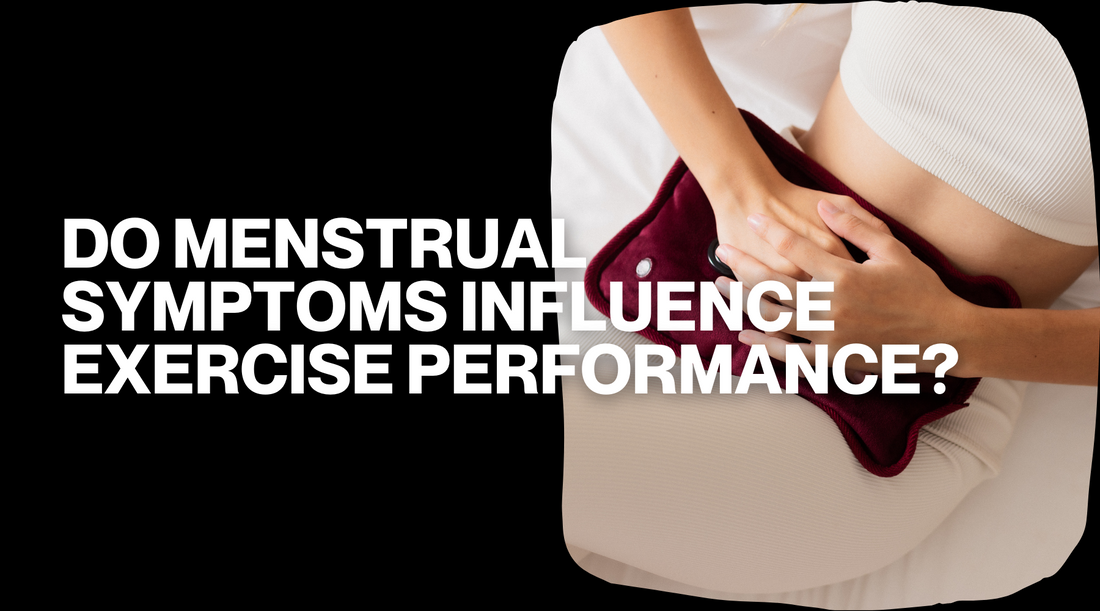Menstruation is a natural part of many women's lives, yet its impact on exercise performance is often overlooked. Understanding how menstrual symptoms can influence your workouts is essential for optimizing your fitness routine. In this article, we'll explore the relationship between menstrual symptoms and exercise performance and provide tips for managing your workouts throughout your menstrual cycle.
The Menstrual Cycle and Exercise Performance:
The menstrual cycle is divided into two main phases: the follicular phase and the luteal phase. During the follicular phase, which begins on the first day of menstruation and lasts until ovulation, estrogen levels rise, leading to an increase in energy levels and endurance. This phase is often considered the optimal time for high-intensity workouts and strength training.
In contrast, the luteal phase, which occurs after ovulation and lasts until the start of the next menstrual cycle, is characterized by a decrease in estrogen and an increase in progesterone levels. This hormonal shift can lead to symptoms such as fatigue, bloating, and mood changes, which may impact exercise performance.
How Menstrual Symptoms Can Influence Exercise Performance:
Fatigue: During the luteal phase, progesterone levels rise, which can contribute to feelings of fatigue and lethargy. This may make high-intensity workouts more challenging, leading to a decrease in exercise performance.
Bloating: Many women experience bloating and water retention during the luteal phase, which can affect comfort during exercise. Opting for lower-impact activities such as yoga or swimming may be more comfortable during this time.
Mood Changes: Hormonal fluctuations during the menstrual cycle can impact mood, motivation, and mental focus. It's important to listen to your body and adjust your workout intensity and duration based on how you're feeling.
Tips for Managing Exercise Throughout Your Menstrual Cycle:
Track Your Cycle: Keeping track of your menstrual cycle and symptoms can help you plan your workouts more effectively. Consider using a period tracking app to monitor your cycle and predict when you may experience symptoms.
Adjust Your Workout Intensity: During the luteal phase, when symptoms are more pronounced, consider reducing the intensity of your workouts or opting for activities that are gentler on the body, such as yoga or walking.
Prioritize Recovery: Adequate rest and recovery are essential, especially during the luteal phase when your body may be more fatigued. Listen to your body and give yourself permission to take a break if needed.
Stay Hydrated and Eat Well: Proper nutrition and hydration are crucial for supporting your body throughout your menstrual cycle. Focus on consuming nutrient-dense foods and staying hydrated to support your energy levels and overall well-being.
What to do next?
Understanding how menstrual symptoms can influence exercise performance is key to optimizing your workouts and supporting your overall health and fitness goals. By listening to your body, adjusting your workout routine accordingly, and prioritizing self-care, you can effectively manage your workouts throughout your menstrual cycle and achieve your fitness goals.
Bair Aesthetics is dedicated to supporting women in their fitness journey. For personalized fitness and nutrition advice tailored to your menstrual cycle, contact us today!

